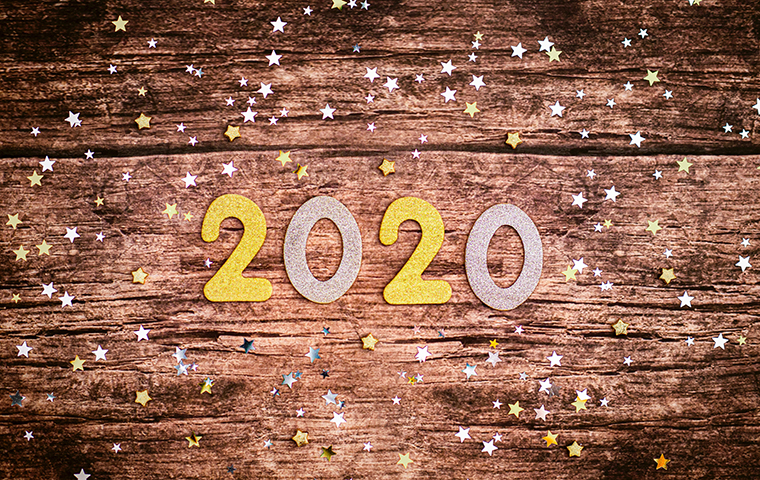
Why to Choose Hope Over Optimism for 2020
Santa Clara University President Kevin O’Brien, S.J., helps us plan for the new year in an op-ed for the San Francisco Chronicle.
This op-ed was originally published in the San Francisco Chronicle.
While we often yearn for the fresh start of a new year, it seems like there is less enthusiasm for the start of 2020. Concerns about climate change, income divide, drug abuse, homelessness, and domestic polarization flood our screens and dominate our conversations. While legitimate anxieties abound, finding hope in 2020 is not as difficult as we might think—if we choose to.
I’m not talking about being optimistic, but about being hopeful. Optimism is naively believing that everything will be all right, when we know that reality is far more complex and messy. Hope is a conviction rigorously grounded in reality. It insists that even if things do not turn out as we want right now, there is meaning in working for good with a community of people around us. While optimism may flee in the face of defeat, hope persists even in suffering. Hope expands our vision beyond the immediate horizon and stokes our imagination to realize a future not yet our own.
Optimism is like a sugar high that quickly fades. Hope fuels our mind, body and spirit for the long haul, whispering or shouting when we need it: “Take heart! Keep going! The journey is worth it!”
We are good at writing wish lists in the new year. But these wishes are the stuff of optimism, easily forgotten. In contrast, hope is a choice that we make each day, a commitment that endures even when we don’t feel so hopeful. Grounded in hope, we are less susceptible to daily highs and lows, to demoralizing critiques and temptations to run away and forget it all. Mother Theresa, Gandhi, Cesar Chavez, Martin Luther King Jr. and Nelson Mandela were not naive optimists, but people grounded in hope. They took the long view. Their hope was contagious, transforming communities, even nations.
Where do we find hope? Surely, ideas—both religious and secular—can inspire. Plans and policies crafted by candidates can chart a way forward. But in the end, hope resides in people.
As a university president, I live in an environment of hope. Universities gather young people with their noble idealism, boundless energy and contagious zeal. At our best, educators hone youthful ambitions and ground fresh zeal with practical skills and wisdom from the ages. In Jesuit schools like my own, we seek to educate men and women for others. We care not simply what our students do in their careers but in who they become as persons. They graduate as good people who will do good things in the world. Goodness spreads, and with it, hope.
When I am tempted to cynicism or discouragement, young people on my campus summon hope in me. Through their climate activism, Gen Z-ers urge us to just change policy and change the ways we live, eat, waste, consume and buy. They model a radical hospitality to others which builds community across differences. They embrace social entrepreneurship, using business skills and strategies for the common good.
At this turn of the decade, we all need models of hope. While there are certainly famous people who inspire hope-filled action, we may more easily find hope in the people gathered around our tables this holiday. Look to older generations whose lives reveal a holy persistence to leave the world a more just, gentle, and sustainable place. Look to younger people who challenge our thinking, stir our imaginations, and prod us to action. Finding hope is not as hard as it sounds, as long as we are willing to choose it.